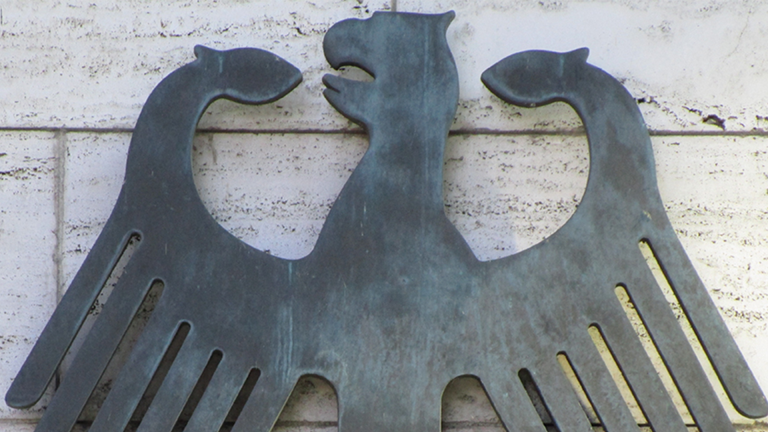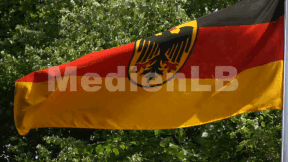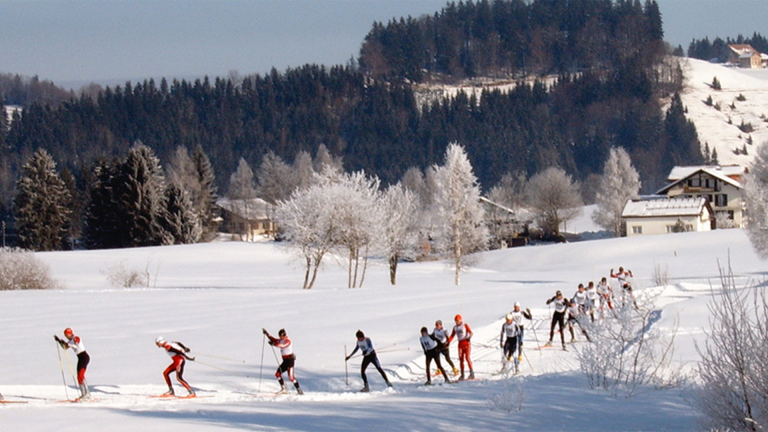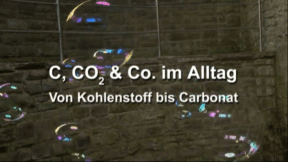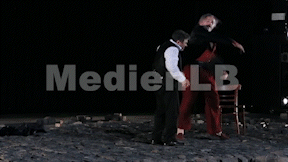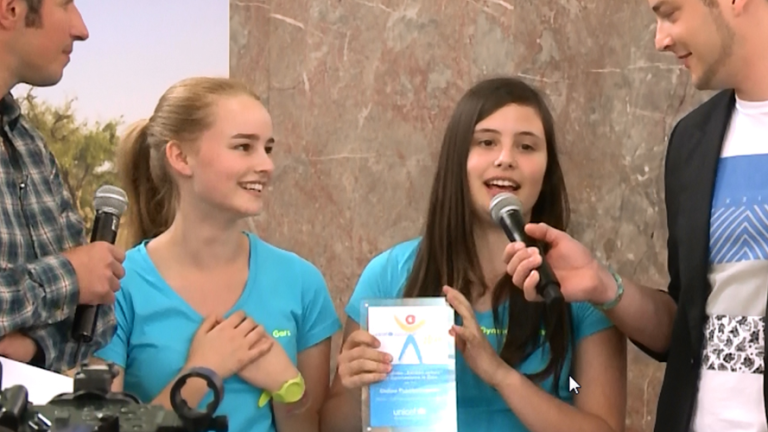Suche:
- # Artistry
- # Biology
- # Chemistry
- # Ecological
- # Economy
- # English
- # Foreign Language
- # Geography
- # German
- # Health
- # History
- # Informatik
- # Latin
- # Mathematics
- # Media Education
- # Music
- # Physics
- # Politics / Civics
- # Preschool
- # Primary School
- # Religion
- # Society
- # Sports
- # Technology
- # Training of Teachers
- # Vocational Education
The Making of a Law
Laws determine the lives and interrelationships of people and ensure that both rights and duties are distributed in a just way in society.
Learn moreBewerbung
Bereits in den letzten Schuljahren werden die Schülerinnen und Schüler mit den Anforderungen des Berufslebens vertraut gemacht.
Learn moreSkiing
Skiing is a great Sports, which already the smallest children learn today, and which is not only fun but provides the winter Sports enthusiasts with fantastic views, crisp winter air and cosy hours in mountain huts. Around 1860 skiing is said to have begun in Norway, and the Sports was spread at once and adopted in almost all areas where winter Sports could be practised.
Learn moreHybrid Drives
When Lena goes through the city centre by car, she has to be particularly careful, because her car is almost inaudible and therefore pedestrians often hear it just in the nick of time. For in the city centre, her car is powered by electricity. The power is provided by a strong battery in the boot.
Learn moreThe Holocaust Memorial
The film “A German Memorial – How to Commemorate Six Million Murdered Jews” gives an insight into the two concepts of this memorial – each deeply impressive in its very own way. This thirty-minute documentary takes the viewer on a virtual tour of the Field of Stelae and the Information Centre. You will be immersed in the intensive atmosphere of the rooms, experience the visitors’ reactions and receive background information on the development and conceptual design of the memorial from the initiator Lea Rosh, the historians involved and the exhibition designer Dagmar von Wilcken. For the sound recording of the film, an unusual concept was implemented: there is no off-camera commentary, instead original sounds and interviews form the acoustic “backbone” of the documentation. The visitors’ voices reflect the different opinions on and impressions of the memorial, the historians talk about the contents of the exhibition and describe their experiences. These direct comments create a feeling of closeness. They convey the emotions the memorial stirs up in all those who take a closer look at it.
Learn moreApartheid
A new era began for South Africa when, in 1886, an out-of-work miner struck gold at the Witwatersrand in South Africa. The consequences of the discovery of the world’s largest natural treasure were dramatic. From all over the world speculators and adventurers flocked to the area. Scattered »gold fever« shanty towns mushroomed, which soon developed into modern concrete cities, though. The wealth created by the gold made South Africa grow into an industrial and financial power. Today, the economy of the country is the most important of the entire African continent. But there are many pitfalls. It is imperative to recognise them in order to confront the challenges of the future.
Learn moreC, CO2 and Associates in Everyday Life
All organic matter contains carbon. Coal is deposited in the Earth's interior. It developed about 300 million years ago from plants in a geological period which is also called Carboniferous. During the combustion of organic matter, carbon turns into the gas carbon dioxide. Dissolved in water, it becomes the so-called carbonic acid. Carbon dioxide is an incombustible, colourless and odourless gas that is easily dissolved in water. With various metal oxides or hydroxides it forms two types of salts: the carbonates and the hydrogen carbonates. As calcium carbonate it is contained in natural products such as chalk and egg shells. Specific forms of carbon, called modifications, are graphite and also the particularly valuable diamond.
Learn moreNathan the Wise
Nathan the Wise by Gotthold Ephraim Lessing is considered one of the most important dramas of German literary history still today, 235 years after its premiere in Berlin on April 17, 1783. The notion of tolerance of the Age of Enlightenment concerning the various religions in their relationships to each other actually is what makes the play topical still today.
Learn morePupils Practise Inclusion
When people come together, no matter under what concomitant circumstances – ultimately, it is about how these people meet and how openly they interact with one another.
Learn moreGehörlos und blind
Die meisten von uns können – und müssen – sich nicht vorstellen, wie es ist, blind zu sein. Vielmehr haben wir uns daran gewöhnt, unseren Sinnen „blind“ zu vertrauen. Für rund 160.000 Menschen in Deutschland ist dies jedoch nicht möglich; sie sind entweder blind auf die Welt gekommen oder im Laufe ihres Lebens erblindet. Von Gehörlosigkeit sind sogar noch deutlich mehr Menschen betroffen.
Learn morePeer Mediation
Lena and Max attend the 7th form. Max is new in class. During a break, Max notices that Lena and her friend are laughing at him again. Max loses his temper! He slaps Lena in the face. That hurts and Lena runs back into the classroom with a red cheek. The growing conflict between the two has escalated. Just like Lena and Max, every day pupils all over Germany have rows with each other. At the Heinrich Hertz Gymnasium in Thuringia, pupils have been trained as mediators for years. At set hours, they are in a room made available by the school specifically for mediation purposes. The film describes the growing conflict between Max and Lena and shows a mediation using their example. In doing so, the terms “conflict” and “peer mediation” are explained in a non-technical way. The aims of peer mediation and its progress in five steps as well as the mediators’ tasks are illustrated. The art of asking questions and “mirroring”, which the mediators must know, is described and explained. Together with the comprehensive accompanying material, the DVD is a suitable medium to introduce peer mediation at your school, too.
Learn moreMake up Your Mind!
The young boxer is convinced: »Boxing is fun«. For boxing strengthens your self-confidence because it takes courage, time after time, to step into the ring and because you learn how to fight and to defend yourself. From his personal experience of his first five fights he comments on what a great feeling it is to win. He has not experienced the failure of losing a fight yet, he was able to win four and one ended in a draw. His goal is to have a career, earn money and get better and better. Eventually he wants to be as good as his acknowledged role model the Ukrainian boxer Vladimir Klitschko. He vehemently rejects the idea that Klitschko could dope. The world champion trains his stamina every day by swimming. Then why dope?
Learn more



